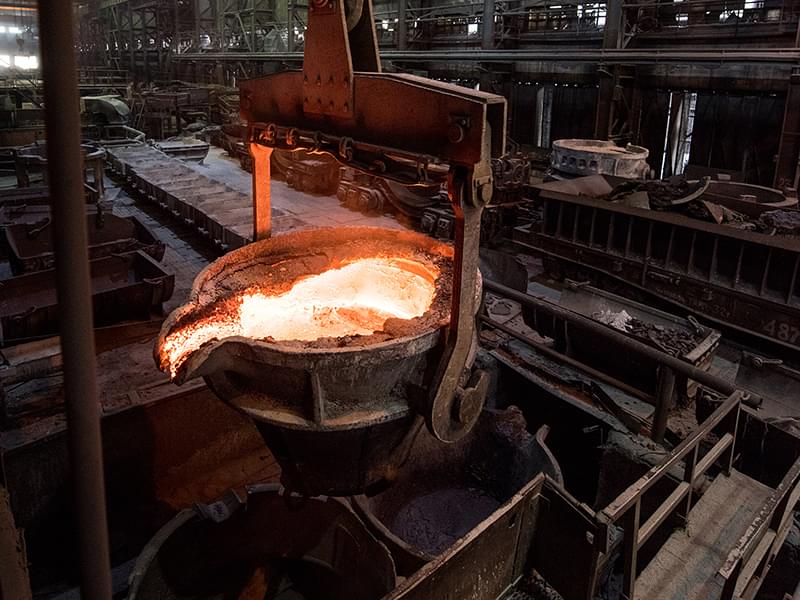LEATHERHEAD, Surrey, UK and AKRON, Ohio, USA – February, 02 2020 – Worldwide the use of ferrous slag will increase through the 2020s, driven by the twin forces of new construction projects and tighter environmental regulation.
This will help stimulate a market that has experienced a shock from the COVID-19 pandemic in 2020. The new Smithers study –
The Future of Ferrous Slag: Market Forecasts to 2031 – shows that in 2020 ferrous slag output fell to a projected 576 million tonnes worldwide, down from 591 million tonnes in 2019 following three years of steady growth. Value in the market has proven more resilient. It rose slightly to $24.1 billion in 2020, even as Covid cut demand in key end-use applications and international; trade was disrupted severely.
Smithers’ detailed research into the metal production and main end-use segments finds that value will increase at 5.1% over the first half of next decade, and by 2031 push the global market beyond $40 billion. Ferrous slag production will increase at a much slower rate, but be spurred by additional planned blast furnace (BF) production that should come on stream by 2025 increasing the available supply of blast furnace slag (BFS) and basic oxygen furnace (BOF) slag.
With steel and ferrous slag production concentrated in China, the market will benefit from the country’s effective management and early recovery from COVID-19 lockdown measures.
Investment in public and private construction projects will drive demand for BFS as a substitute for traditional materials in cement and concrete construction, joined by increased use of steel slag (SMS) in road and civil construction. Combined, these two will account for three-quarters of total ferrous slag use in 2021. In the second half of the 2020s reductions in supplies of natural aggregates and a fall in global steel production will further boost prices for slag.
Across the forecast period, steel manufacturing will continue to migrate from BOF to electric arc furnace (EAF) methods, – particularly in Asia, North America, and the Middle East. This will be supported by changes in process inputs, wider use of recycled steel, and improvements in the overall quality of EAF steel.
Post-COVID recovery spending and government infrastructure programmes are being linked to environmental goals and the advent of circular economy models. This will favour wider use of the by-product ferrous slag as an alternative to virgin raw materials. In the US, Australia, Indonesia and Japan; there are already procurement regulations that encourage use of ferrous slag. More regulatory support is forecast for the future, via programmes such as the EU’s Green Deal and the Leadership in Energy and Environmental Design (LEED).
R&D will also bolster the market, developing new applications, such as:
- Water filter media in civil construction projects
- An embedding mechanism for nuclear waste protective gear
- A constituent in artificial marine reefs
- Bedding media in deserts and coral reefs.
The market outlook for steel, iron and ferrous slag production over the next decade is authoritatively analysed in the new Smithers report –
The Future of Ferrous Slag: Market Forecasts to 2031. This is quantified in an exclusive data set (value and volume) with 100 tables and figures; segmenting the market from 2017-2031 by slag type (BF, BOF, EAF, other); end-use application (cement/concrete, road/civil aggregate, embankments, mineral wool, other); and 38 geographic region and leading national markets.
